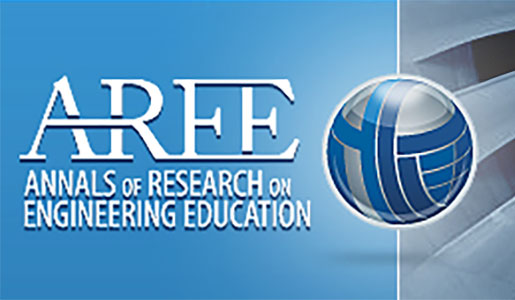Civil Engineering Education in a Visualization Environment: Experiences with VizClass
VizClass is a university engineering classroom visualization environment developed with NSF support. Our study focuses on two components of VizClass, the three digital whiteboards and specialized software for engineering visualization that can run on any Windows PC. We address two gaps in engineering education: between high-tech engineering practice and low-tech engineering pedagogy, and between the widespread belief that visualization tools facilitate learning and the mixed evidence to support or counter that belief.
The interactive digital whiteboards resemble those in the iRoom at Stanford (Johanson, Fox, & Winograd, 2002), but the new software for visualizing structural deformations appears to be unique. The digital whiteboards’ diagonal surface serves as both rear-projection display and touchscreen for direct input by finger touch or colored stylus. The new software, SketchFEA, serves as a graphics front-end to a finite elements analysis modeling program called OpenSees (PEER, 2005). Using SketchFEA with OpenSees, students can sketch stresses and strains on a picture of a structure, and the software produces a picture of the deformed structure under load.
We used observations, interviews, and surveys to investigate student and instructor attitudes and the effects on teaching and learning in four classes taught by the same professor. The touchscreen displays fostered spontaneous discussion and experimentation after classes and in lab sessions. Students indicated in a survey that they felt the large displays made a modest contribution to their ability to visualize engineering problems and their enjoyment of the class. In response to similar questions on the visualization software, students’ average responses were close to neutral. The lack of enthusiasm for the new software, especially among undergraduates, was clearly related to the fact that it was still in development, and the students were the first persons to test it. In spite of the bugs, the professor (a PI in the project) said that in comparison with prior classes, students using SketchFEA visualized numerical models more easily, engaged in better discussions, and produced superior final projects.
References
Johanson, B., et al. (2002). The Interactive Workspaces Project: Experiences with Ubiquitous Computing Rooms. Pervasive Computing, 1(2), 67- 74.
PEER. (2005). Open System for Earthquake Engineering Simulation (OpenSEES). Retrieved 07/22/05, 2005, from http://opensees.berkeley.edu/
Author 1: Douglas Grimes [email protected]
Author 2: Mark Warshauer [email protected]
Author 3: Tara Hutchinson [email protected]
Author 4: Falko Kuester [email protected]
Article Link: www.asee.org

